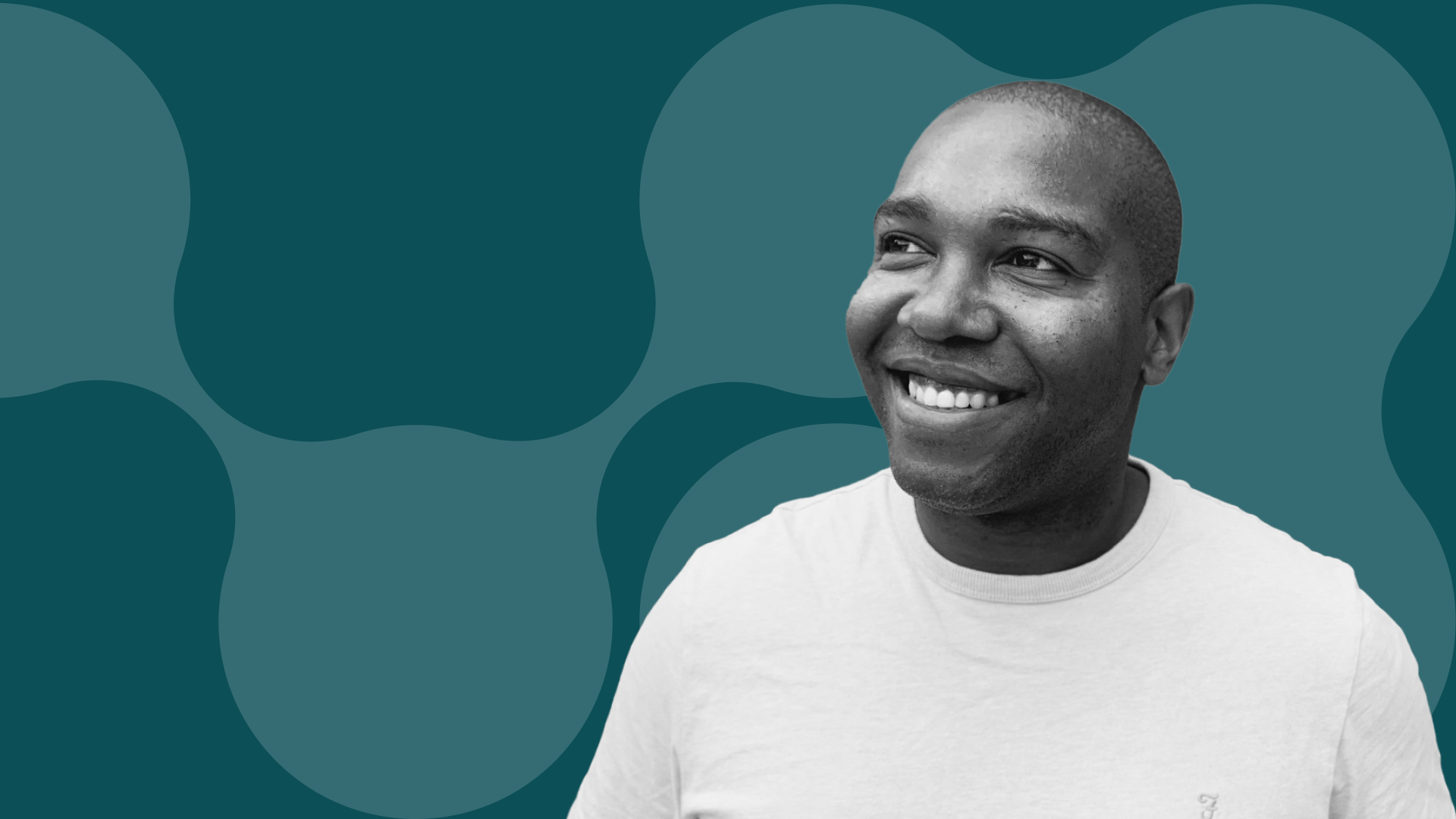The man behind the name: Alan Turing
We celebrate the many achievements of our namesake as a new £50 note with his face on it is launched into national circulation in the UK.
_in_1936_at_Princeton_University.jpg)
When we launched our agency last year, we chose to name ourselves after one of the greatest problem solvers and innovative thinkers of all time: Alan Turing. This week marks the 109th birthday of our namesake. The day will be celebrated nationally with the launch of the new polymer £50 note with Turing’s image on it.
But how much do you know about Alan Turing?
To celebrate the launch of the new bank note, we have been running a daily quiz to find out how much you know about our namesake. Pop over to LinkedIn to test your knowledge.
Who was Alan Turing?
Here at alan, we have also been reflecting on the life of our problem solving namesake and muse. Governor of the Bank of England Mark Carney, who was responsible for choosing to put Turing on the new note, sums up how many feel about the man.
“Alan Turing was an outstanding mathematician whose work has had an enormous impact on how we live today,” Carney said. “As the father of computer science and artificial intelligence, as well as a war hero, Alan Turing’s contributions were far ranging and path breaking. Turing is a giant on whose shoulders so many now stand.”
Turing’s work at Bletchley Park was instrumental in breaking the German Enigma Code. His machine, the Bombe, was used from late 1940 to decode all messages sent from the German Enigma machines. Experts estimate that this alone shortened the war by two to four years, saving tens of millions of lives.
Aside from his war work, Turing is recognised as the father of artificial intelligence. His 1950 paper Computing Machinery and Intelligence laid out the concept of The Imitation Game (later known as The Turing Test) which determines whether a computer can think like a human.
Intelligence + creativity
When researching Turing during our rebrand last year, it became clear that he was more than your typical genius. He is the rare combination of intelligence coupled with creativity. Left brain and right brain. You could argue they are the same skills required of a modern B2B marketer.
Marketing strategy based on gut feeling rather than research and insight is a bit like sailing upstream without a paddle. You’re directionless.
Intelligence in marketing comes from research. But what is research without insight? It’s all well and good conducting a study into your audience, but it is the insights you draw from this data and how you use them in your marketing strategy that truly matters.
Deep insight requires repetition of reporting as trends only appear through iteration. It is a concept our Head of Research and insights Sarah Callaghan explores in her latest blog Why you need to redefine your audience.
Sarah believes marketers must reassess and understand how their audience has changed post pandemic. She writes: “Now is the time to go back to basics, press the reset button, banish previous assumptions, and redefine your audience.”
Not only can research be used to inform marketing strategy, but it can be used to build your brand’s credibility as a thought leader. Like Turing, it requires the combination of the analytical with the creative brain. It requires compelling storytelling coupled with creative data visualisation.
It is a topic alan. Creative Director Benedict Buckland is passionate about. His presentation on the subject of The art of the infographic is currently available to watch as part of the Creativity On Demand stream at this year’s Cannes Lions event (21-25 June). Benedict is one of many speakers including Fernando Alonso, Gal Gadot and author of Sapiens, Prof. Yuval Noah Harari. I highly recommend event ticket holders check it out.
Collaboration
Throughout his career at Bletchley, Turing had been a keen collaborator. He is quoted as saying: “The isolated man does not develop any intellectual power. It is necessary for him to be immersed in an environment of other[s]…The search for new techniques must be regarded as carried out by the human community as a whole, rather than by individuals.”
Collaboration is key within business and never more true in marketing. Working collaboratively with agencies brings the right mixture of intelligence and creativity together to deliver successful projects. Collaboration between sales and marketing is the key theme of my new book, Marketing: The Bottom Line, launching later this year.
As a former salesman, I have seen firsthand the disadvantage businesses put themselves at by failing to get sales and marketing to collaborate. The skills are complementary and winning campaigns are borne out when the sides work together.
As agencies, we help marketers fill any skills gaps, bringing with us a mixture of intelligence and creativity. But it is how we as agencies collaborate with our clients that truly elevates the work. Just one of the many things we can learn from Alan.
Check out the alan LinkedIn account for our daily poll to test how much you know about Alan Turing.
More Insights from alan.
To re-form your industry, we must re-form ours first. From our visceral point of view on creativity to our incisive approach to strategy, delve into our provocative thought-leadership on how we’re aiming to subvert B2B’s status quo.




